- No products in the cart.
Teva-Finasteride tabs n / 5mg film about 30 pc
$8.82
Teva-Finasteride tabs n / 5mg film about 30 pc
Description
Composition
Active substance:
Finasteride 5.0 mg;
Excipients:
Lactose monohydrate (200 mesh) 108.0 mg pregelatinized starch 5.0 mg sodium lauryl sulfate 0.5 mg, sodium carboxymethylstarch (type A) 10.0 mg Povidone K30 2.0 mg Microcrystalline cellulose 18.5 mg magnesium stearate 1.0 mg film coating Opadry blue 03G20795
(Hypromellose-6sR (E464) 2.50 mg titanium dioxide (E171) 0.7944 mg macrogol 6000 0.40 mg Macrogol 400 0.25 mg, indigo carmine aluminum lacquer (E132) 0.0556 mg).
Description:
Tablets kapsulovidnoy form film-coated blue color on one side with an engraving «FNT 5 ‘and smooth – on the other. A cross section of the core of the tablet can be seen a white or nearly white.
Product form:
Tablets, film-coated, 5 mg.
10 tablets in a blister from a film of PVC / PVDC and aluminum foil. 3 blisters with instruction for use in a cardboard box.
Contraindications
Hypersensitivity to any component of the drug.
Age up to 18 years.
Pregnancy and use of the drug in women of childbearing age (see. Section “Use during pregnancy and lactation”).
Lactose intolerance, lactase deficiency, a syndrome of glucose-galactose malabsorption.
Carefully
Patients with large residual urine volume and / or substantially reduced current urine should be monitored regularly physician to identify obstructive uropathy.
Be wary appoint patients with hepatic insufficiency, the drug and the elderly.
Dosage
5 mg
Indications
Treatment and control of benign prostatic hyperplasia prevention of urological complications in order to:
– reducing the risk of acute urinary retention;
– reduce the risk of the need for surgery including transurethral resection of the prostate and prostatectomy.
Treatment to reduce the size of an enlarged prostate gland, improve urine flow and decrease the severity of symptoms associated with BPH.
In combination with the alpha-blocker doxazosin to reduce the risk of progression of symptoms associated with BPH.
Interaction with other drugs
Clinically significant interactions of finasteride with other drugs have been identified.
Finasteride, apparently has no significant effect on cytochrome P450 metabolism of drugs and associated with the system.
There were no clinically significant interactions when combined with the use of finasteride propranolol, digoxin, glibenclamide, warfarin, theophylline and phenazone.
Despite the absence of specific studies of drug interactions in clinical studies finasteride applied simultaneously with inhibitors of angiotensin converting enzyme (ACE) inhibitors, acetaminophen, acetylsalicylic acid, alpha-blockers, beta-blockers, blockers “slow” calcium channel blockers, nitrates in various dosage forms, diuretics, H2 blockers
histamine receptors, hypolipidemic agents – inhibitors of HMG-CoA reductase inhibitors, nonsteroidal antiinflammatory drugs (NSAIDs), benzodiazepines and quinolone derivatives without any clinically significant adverse interactions.
Overdose
There is evidence that patients treated with finasteride at a dose of 400 mg once daily, as well as a dose of 80 mg daily for 3 months, there was no occurrence of any overdose symptoms.
Specific recommendations for the treatment of an overdose of the drug Finasteride, Teva not.
pharmachologic effect
Pharmacological group:
5-alpha reductase inhibitor
Pharmacodynamics:
Finasteride – synthesis of 4-azasteroids is a specific inhibitor of 5-alpha-reductase type II – intracellular enzyme that converts testosterone into the more active androgen – dihydrotestosterone (DHT). In benign prostatic hyperplasia (BPH) is dependent on its increase the conversion of testosterone to DHT in the prostate. Finasteride is highly effective in reducing DHT concentration in blood and in prostate tissue.
Suppression of DHT formation is accompanied by a decrease in prostate size increase in the maximum urine flow rate and decrease the severity of symptoms associated with benign prostatic hyperplasia.
Finasteride has no affinity for androgen receptors. The drug has no significant effect on the lipid profile (i.e., total cholesterol, low density lipoproteins (LDL), high density lipoproteins (HDL) and triglycerides), and bone mineral density. Finasteride does not influence the cortisol content in serum, estradiol, prolactin, thyroid stimulating hormone and thyroxine as compared to placebo.
Single administration of finasteride in a dosage of 5 mg leads to a rapid decline in plasma concentration of DHT to a peak effect after 8 hours. Despite the fact that finasteride plasma concentration is subject to fluctuations over 24 hours, the concentration of DHT remains constant. This means that finasteride plasma concentrations are not directly related to the concentration of DHT in the blood plasma.
Patients with BPH who took Finasteride 5 mg per day for 4 years, there was a reduction of DHT concentration in plasma of about 70%, which was associated with a decrease in prostate volume by approximately 20%. Furthermore, approximately 50% decreased the concentration of prostate-specific antigen (PSA), compared with the reference concentration, which implies a reduction of growth of prostate epithelial cells. Reducing the concentration of DHT and reducing the severity of prostatic hyperplasia, accompanied by a decrease in PSA concentration remained in studies of up to 4 years. In these studies, plasma testosterone levels increased by approximately 10-20%, while remaining within physiological values.
In the application of finasteride for 7-10 days in patients referred for prostatectomy decreased DHT concentration in the prostate tissue by about 80% and an increase in the concentration of testosterone in prostatic tissue 10 times compared to the concentration before treatment.
It was found that long-term (over 4 years), the use of finasteride in patients with benign prostatic hyperplasia and moderately expressed or significantly distinct symptoms of the disease reduced the risk of urological complications (surgery: Transurethral resection of the prostate, or prostatectomy, acute urinary retention requiring catheterization) by 51% accompanied by marked and persistent reduction in prostate volume and persistent increase in the maximum urine flow rate and improvement in symptoms.
Patients taking finasteride for 3 months when the prostate volume reduction of about 20%, at termination of treatment the volume of the prostate returns to the same size after 3 months.
Thus, treatment with finasteride reduces prostate size increased, increases urine flow rate and decrease the symptoms associated with BPH.
Pharmacokinetics:
Absorption.
The maximum concentration (Cmax) of finasteride in plasma achieved after about 2 hours after ingestion.
Finasteride absorption from the gastrointestinal tract is completed in 6-8 hours after ingestion.
Bioavailability of finasteride ingestion of about 80% of an intravenous reference dose and independent of food intake.
Distribution.
Communication with the plasma proteins is approximately 93%. Plasma clearance is 165 ml / min, volume of distribution -. 76 l.
During prolonged therapy has been a slow accumulation of small amounts of finasteride. With daily administration of finasteride oral dose of 5 mg its minimum equilibrium concentration in plasma reached 8-10 ng / ml and over time remains stable.
In patients treated with finasteride for 7-10 days, the drug found in the spinal fluid. When you receive a dose of finasteride
5 mg per day, a preparation also in the presence of seminal fluid. Contents of finasteride in semen was 50-100 times less than the dose of finasteride (5 mg) which had no effect on the concentration of circulating DHT in adult males.
Metabolism.
The half-life (T1 / 2) of finasteride averages 6 hours.
Isolation.
In men after a single oral dose of finasteride labeled with 14 C, 39% of the dose is excreted by the kidneys as metabolites (finasteride is practically unchanged excreted by the kidneys); 57% – through the intestine. This study identified two metabolites of finasteride, which have little inhibitory effect on 5-alpha reductase, compared with finasteride.
In old age, the rate of elimination of finasteride is somewhat reduced. With age, the T1 / 2 increases: male 18-60 years, the average T1 / 2 of 6 hours, and in men older than 70 years – 8 hours. These changes have no clinical relevance, and therefore, reduce the dose in elderly men is not required.
In patients with chronic renal failure (creatinine clearance (CC) from 9 to 55 ml / min) the distribution of 14C-labeled finasteride when receiving a single dose did not differ from that in healthy volunteers. Communication finasteride plasma protein also did not differ in patients with impaired renal function.
In renal insufficiency part metabolites of finasteride, which is normally excreted by the kidneys, outputted via the intestines. This is manifested by an increase amount of finasteride metabolites in feces with a corresponding reduction of their concentration in urine. In patients with renal failure who are on dialysis, the dose adjustment is required.
Pregnancy and breast-feeding
Use of the drug Finasteride, Teva is contraindicated during pregnancy and women of childbearing age. Due to the ability of inhibitors of 5-alpha reductase type II inhibit the conversion of testosterone to dihydrotestosterone, these drugs, including finasteride, when used in pregnant women can cause abnormal development of the external genitalia of the fetus is male.
Finasteride is a drug-Teva is not indicated for use in women. Information about finasteride excretion in breast milk is not.
Conditions of supply of pharmacies
Prescription.
side effects
Adverse reactions identified during clinical trials
In a study of over 4 years of therapy was assessed safety in 1524 patients treated with finasteride compared with 1516 patients taking placebo.
In 74 patients (4.9%) in the group treated with finasteride, therapy was discontinued due to the occurrence of unwanted reactions associated with the drug, compared with 50 patients (3.3%) in the placebo group. 57 patients (3.7%) in the group treated with finasteride and 32 patients (2.1%) in the placebo group discontinued treatment due to adverse reactions associated with impaired sexual function, which are most frequently reported adverse reactions.
The only clinical adverse reactions that were considered by researchers as possibly, probably or definitely related to the drug, and the rate of occurrence when taking finasteride was more than 1% and greater than that with placebo during the 4 years of the study, were effects associated with impaired sexual function, breast tenderness and skin rash.
In the first year of treatment of sexual dysfunction was found in 8.1% of patients in the group treated with finasteride and 3.7% in the placebo group; decreased libido – 6.4% and 3.4%; and abnormal ejaculation – 0.8% and 0.1% respectively. In the application of finasteride for 2-4 years, the incidence of occurrence of the above adverse reactions in patients treated with finasteride did not differ significantly from that of patients receiving placebo.
The overall incidence of adverse reactions within 2-4 years of the study were as follows: sexual dysfunction (5.1% in the finasteride group and 5.1% in the placebo group), decreased libido (2.6% in both groups), abnormal ejaculation (0 , 2% and 0.1% respectively). Over 1 year ejaculate volume reduction was detected in 3.7% and 0.8% in the placebo group and finasteride, respectively; and during 2-4 years of research – 1.5% and 0.5% respectively. Within 1 was reported as an increase in mammary gland (0.5% and 0.1%, respectively), pain in the breast (0.4% and 0.1%, respectively), and rash (0.5% and 0 and 2% respectively). For 2-4 years cumulative incidence of these phenomena was: breast enlargement (1.8% and 1.1%, respectively), pain in the breast (0.7% and 0.3%
respectively), skin rash (0.5% and 0.1% respectively).
The 7-year placebo-controlled study in which 18,882 healthy men were included, according to the results of the biopsy (in 9060 men), prostate cancer was detected in 18.4% of patients treated with finasteride, and in 24.4% of patients, placebo. In 280 men (6.4%) in patients treated with finasteride, and 237 men (5.1%) in the placebo group were diagnosed with prostate cancer, which was estimated by the results of biopsy in 7-10 points Gleason. Additional analysis suggested that the increase in the frequency of high-grade observed in the group of cancer patients treated with finasteride,
It may be due to diagnostic errors due to the influence of the drug on prostate volume. approximately
98% of all diagnosed cases of cancer tumor has been classified at the time of diagnosis as an intracapsular (step T1 or
T2). The clinical relevance of results on prostate cancer 7-10 points Gleason, in this study is unknown.
In a study of the safety and tolerability profile of combined treatment with finasteride 5 mg per day and doxazosin
4 mg or 8 mg per day was comparable safety and tolerability of each of these agents alone.
During the 4-6-year placebo-controlled trial using an active drug as controls carried out with the participation of
3047 men, were reported 4 cases of breast cancer in men taking finasteride, and no cases in men who were not taking finasteride. In another 4-year placebo-controlled study, conducted with the participation of 3040 men was recorded
2 cases of breast cancer in men treated with placebo and no cases in men taking finasteride. During a 7-year placebo-controlled study, conducted with the participation of 18,882 men was recorded 1 case of breast cancer in men,
take finasteride, and 1 case of breast cancer in men treated with placebo. postmarketing reports have been received of cases of breast cancer in men treated with finasteride. The connection between long-term intake of finasteride and the occurrence of breast neoplasia in men has not been established at this time.
Post-registration experience
In post-marketing practice reported the following additional adverse reactions finasteride.
Undesirable effects are classified according to the frequency of their development: very common (> 1/10), common (> 1/100, 1/1000, 1/10000,
Immune system: the frequency is unknown – hypersensitivity reactions and angioedema (including swelling of the lips, tongue, throat and face).
On the part of the psyche: often – decreased libido; the frequency is unknown – depression, decreased libido that persists after discontinuation of treatment.
Of the heart: the frequency is unknown – palpitations.
Of the liver and biliary tract: unknown frequency – increase in the concentration of hepatic enzymes.
Skin: rarely – rash; the frequency is unknown – pruritus, urticaria.
Reproductive system and breast: often – erectile dysfunction, decrease in the volume of ejaculate; infrequently – abnormal ejaculation, enlargement and tenderness of the breast; frequency is unknown – testicular pain, erectile dysfunction, persisting after cessation of treatment, male infertility and / or decrease in quality of semen.
laboratory findings
When evaluating PSA laboratory parameters should take into account the decrease of its concentration in patients treated with finasteride.
Other differences in the levels of standard laboratory parameters between the groups of patients treated with finasteride and placebo was not observed. Reported cases of breast cancer in women in clinical trials and Post-registration period (see. “Special Instructions” section).
special instructions
Effect on the content of PSA and diagnosis of prostate cancer
To date, no proven clinical benefit application Finasteride-Teva drug in patients with prostate cancer. In controlled clinical trials in patients with BPH, and an increased concentration of PSA PSA content was monitored and the results of prostate biopsy studies. It has been found that the use of drug-Teva Finasteride, apparently, does not change the frequency of detection of cancer of the prostate and no effect on the frequency of its occurrence in patients taking the drug finasteride-Teva or placebo.
Before beginning treatment and periodically during therapy with Finasteride-Teva recommended rectal examination and to apply other methods of diagnosing prostate cancer. Determination of serum PSA is also used for prostate cancer. In general, the initial concentration of PSA is above 10 ng / ml to the need of further examination and biopsy of the patient. In determining the concentration of PSA in the 4-10 ng / l of further examination of the patient is necessary. Concentration
PSA in men with prostate cancer and without the disease may coincide to a great extent, so in men with BPH normal PSA value does not exclude prostate cancer, regardless of treatment-Finasteride Teva. The initial concentration of PSA less than 4 ng / ml does not exclude prostate cancer.
The drug-Teva Finasteride causes a decrease in serum PSA concentration of approximately 50% in patients with BPH, even in the presence of prostate cancer. This fact must be taken into account when assessing the content of PSA in patients with BPH treated with finasteride drug-Teva, as the decline in PSA does not rule out concomitant prostate cancer. This reduction is possible to anticipate with any PSA values range, although it may vary in individual patients. Analysis of PSA values in more than 3000 patients in a 4-year double-blind placebo-controlled confirmed study that took finasteride for 6 months or more PSA values must be doubled to match them with the normal values of the indicator in patients not treated drug. This adjustment preserves the sensitivity and specificity of PSA testing and the ability to detect prostate cancer.
Any continuing increase in PSA levels for patients receiving treatment with finasteride, requires careful examination to determine the cause, which may be in non-compliance with dosing Finasteride-Teva.
The drug-Teva Finasteride does not significantly reduces the percentage of free PSA (fPSA ratio of the total). This indicator remains constant even under the influence of the drug Finasteride-Teva. If the percentage of free PSA is used, the correction value of this index is not necessary for the diagnosis of prostate cancer.
Influence on laboratory parameters
PSA Contents
PSA concentration in the blood plasma correlates with the patient’s age and prostate volume and prostate volume, in turn, depends on the age of the patient. In determining the concentration of PSA should be noted that this figure is reduced in patients taking the drug finasteride-Teva. In most patients, a rapid decrease in PSA content is observed in the first months of therapy, after which it takes place to stabilize at a new level, which is usually about half the value measured prior to initiating therapy. In this regard, in patients taking the drug finasteride, Teva during the 6-months or more, it should be double the value of PSA for comparing it with the normal values in men not taking the drug finasteride-Teva.
Contact with finasteride is associated with the risk of teratogenic effects to the fetus male
Pregnant women and women of childbearing age should avoid contact with crushed or loss of value of the tablets of the drug Finasteride, Teva because of the possibility of absorption of finasteride, due to the high risk of teratogenic effects for the male fetus (see. Section “Use in pregnancy and breast-feeding “). Tablets of the drug finasteride Teva-film coating that prevents contact with the active compound, provided that the tablets are not milled and have not lost integrity.
Breast cancer in men
В связи с тем, что были получены пострегистрационные сообщения о случаях рака грудной железы у мужчин, принимавших финастерид, лечащий врач должен немедленно сообщить о любых изменениях в грудной железе пациента, таких как: припухлость, увеличение грудных желез, неприятные ощущения в них, выделения из соска.
Изменения настроения и депрессия
Изменения настроения, включая депрессию и реже суицидальные намерения, наблюдались у пациентов, принимающих финастерид в дозе 5 мг.
Необходимо мониторировать появление психопатологической симптоматики, при ее появлении следует направить пациента на консультацию к специалисту.
Effect on the ability to drive mechanisms and
On the adverse effects of the drug on the ability to drive and operate machinery has not been reported.
Storage conditions
Хранить при температуре не выше 30 градусов.
Keep out of the reach of children!
Dosing and Administration
Препарат Финастерид-Тева назначают внутрь, независимо от приема пищи.
Рекомендуемая доза – 1 таблетка по 5 мг 1 раз в сутки.
Препарат Финастерид-Тева можно применять в виде монотерапии, а также в комбинации с альфа-адреноблокатором доксазозином.
kidney failure
У пациентов с различными стадиями почечной недостаточности (при снижении КК до 9 мл/мин) коррекция дозы не требуется, поскольку специальные исследования не продемонстрировали каких-либо изменений фармакокинетического профиля финастерида.
Elderly patients
Коррекции доз не требуется, хотя фармакокинетические исследования указывают на то, что выведение финастерида у пациентов старше 70 лет несколько снижается.
Information
Appearance may differ from that depicted in the picture. There are contraindications. You need to read the manual or consult with a specialist
Additional information
| Weight | 0.100 kg |
|---|---|
| Manufacturer | TEVA |

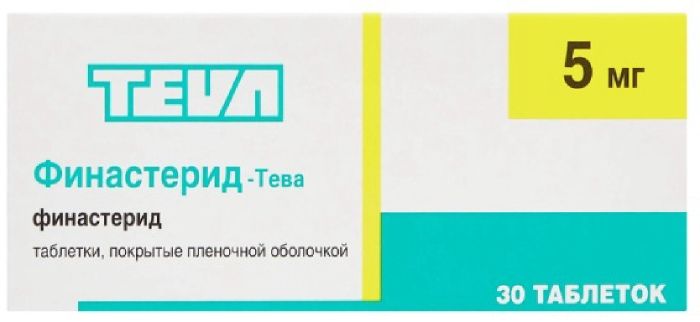
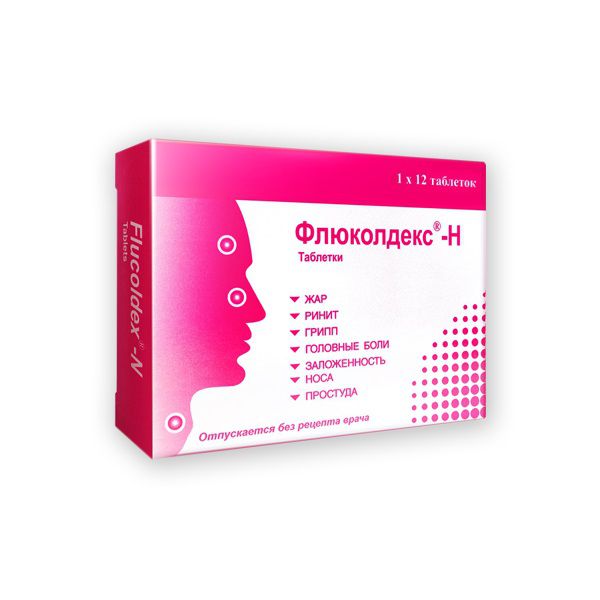
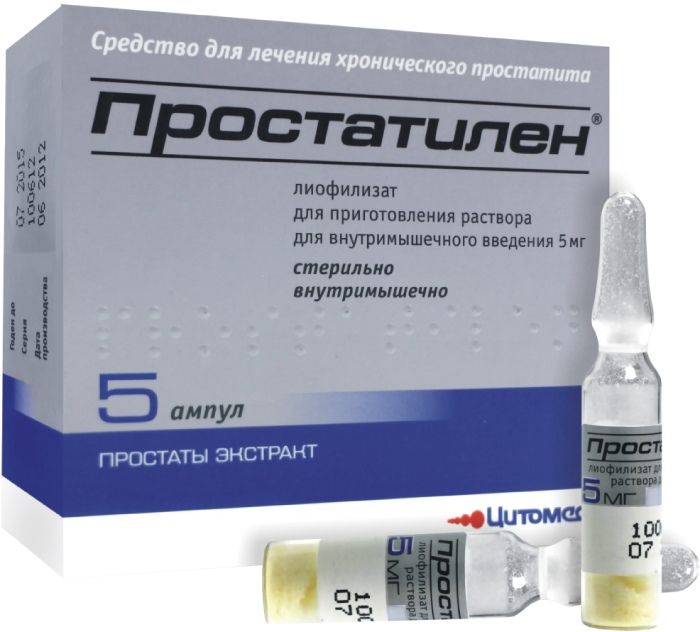
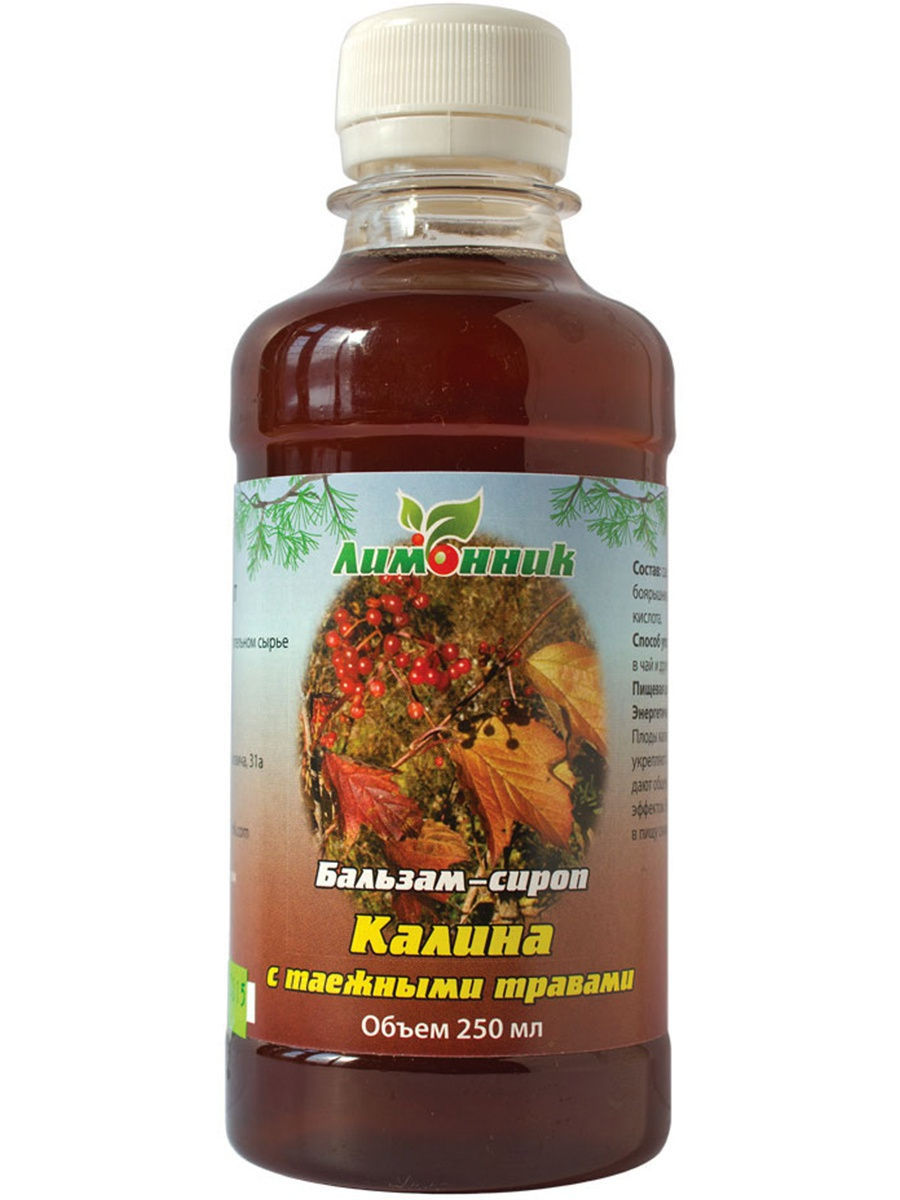
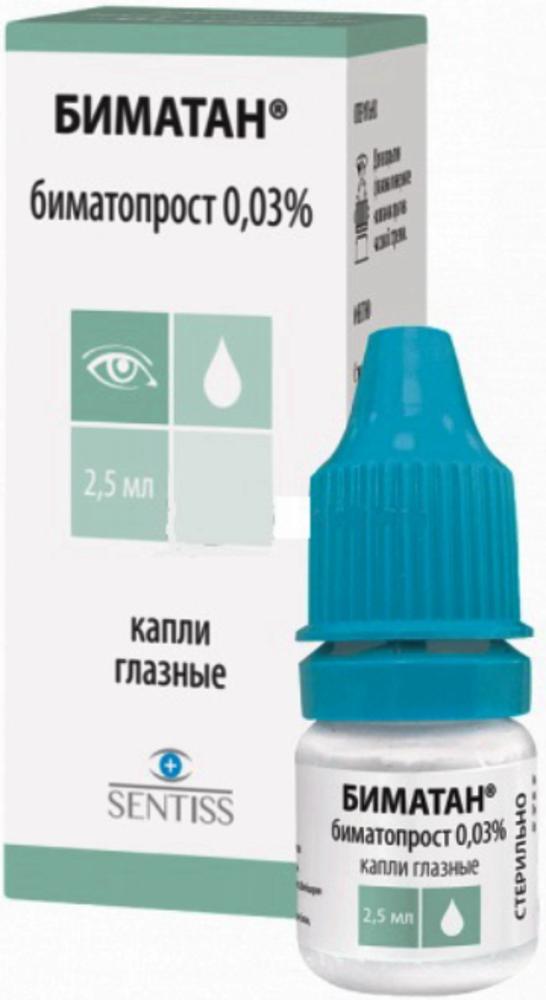

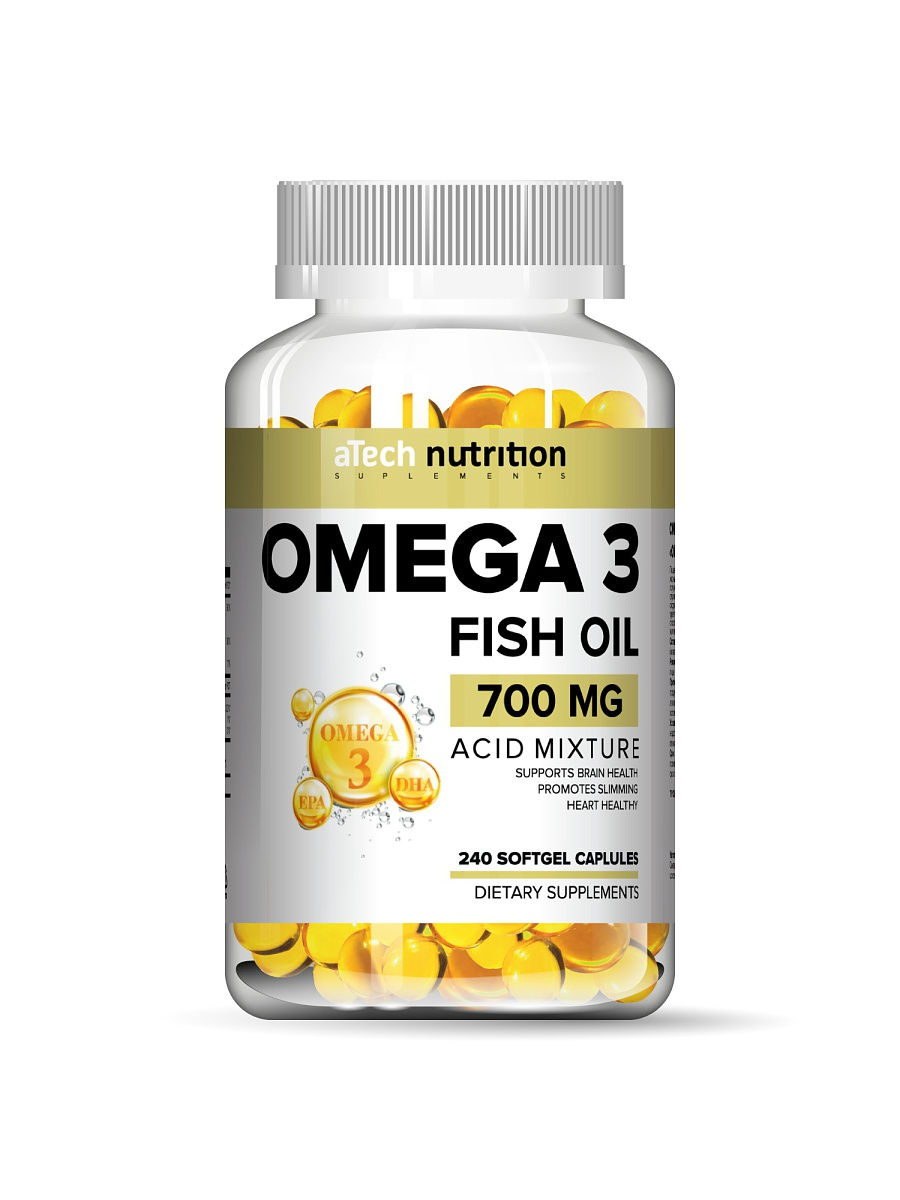

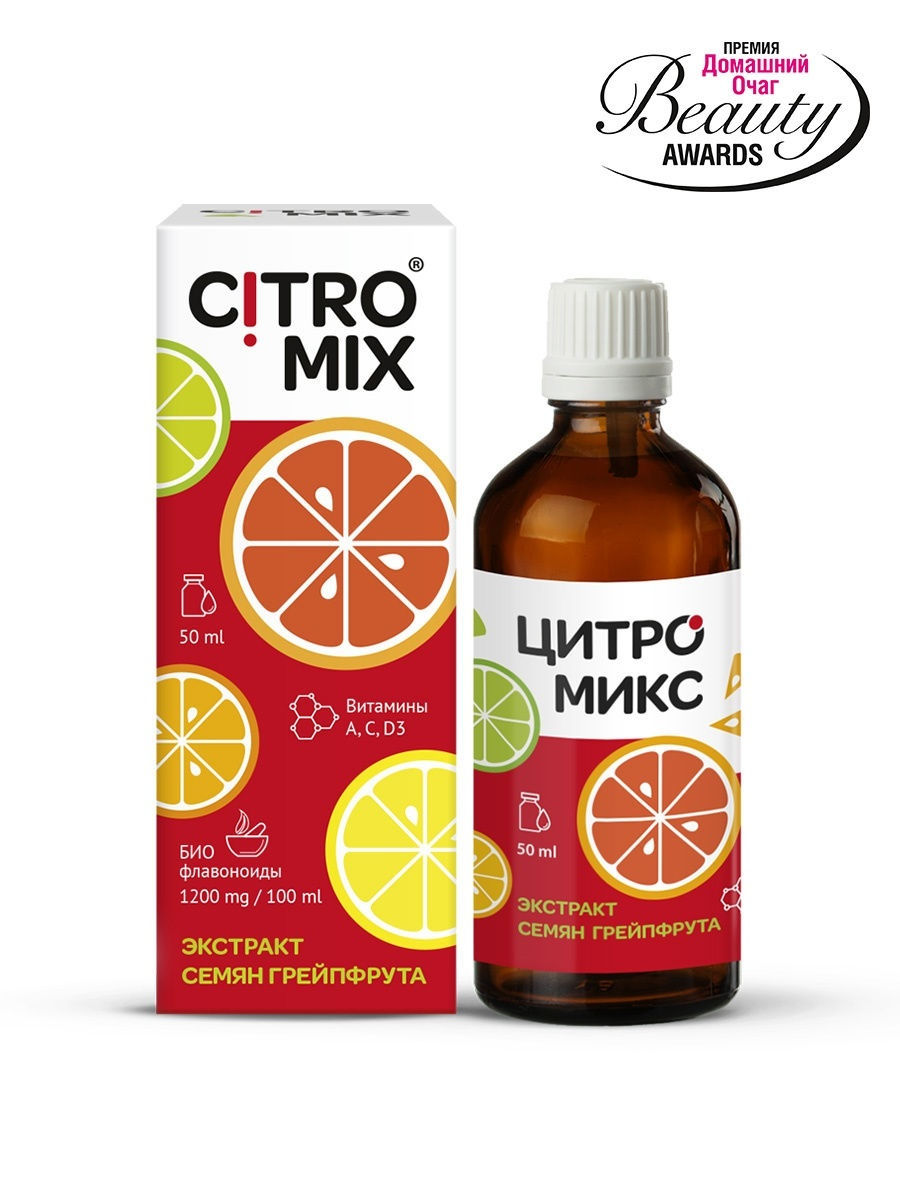




There are no reviews yet.